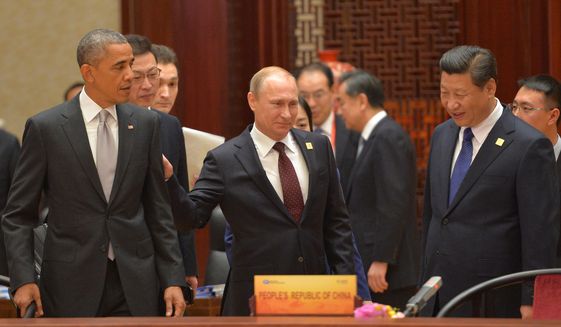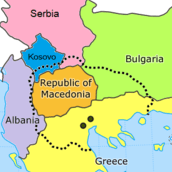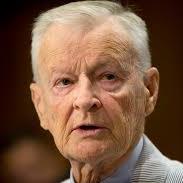(China-US Focus) The election of Donald Trump as President of the United States at first seemed likely to rearrange the U.S.-Russia-China strategic triangle. If you remember your geometry lessons, we now have an isosceles triangle—China occupies the pivotal position at the top and has better relations with both Russia and the United States than they have with each other. Initially it appeared that the new Administration aimed to create a more balanced triangle or even one with the U.S. re-occupying the pivotal position. Trump’s apparent fascination with Russian President Vladimir Putin and interest in improving relations with Russia contrasted with his initial sharp rhetoric about China on trade and currency manipulation. According to the triangular logic, which hearkens back to the days of the Nixon Administration’s diplomacy, if the U.S. improved relations with Russia relationship at a time when Sino-American tensions increased, this would enhance U.S. leverage in the triangle while deterring China from behavior that runs counter to U.S. interests and possibly even distance Moscow from Beijing. […]
Read More © China-US Focus











